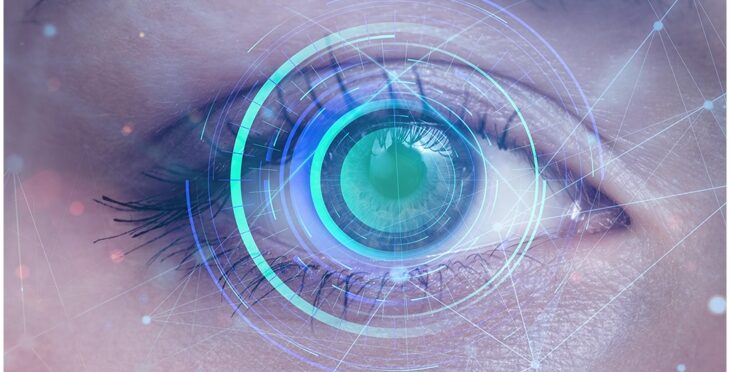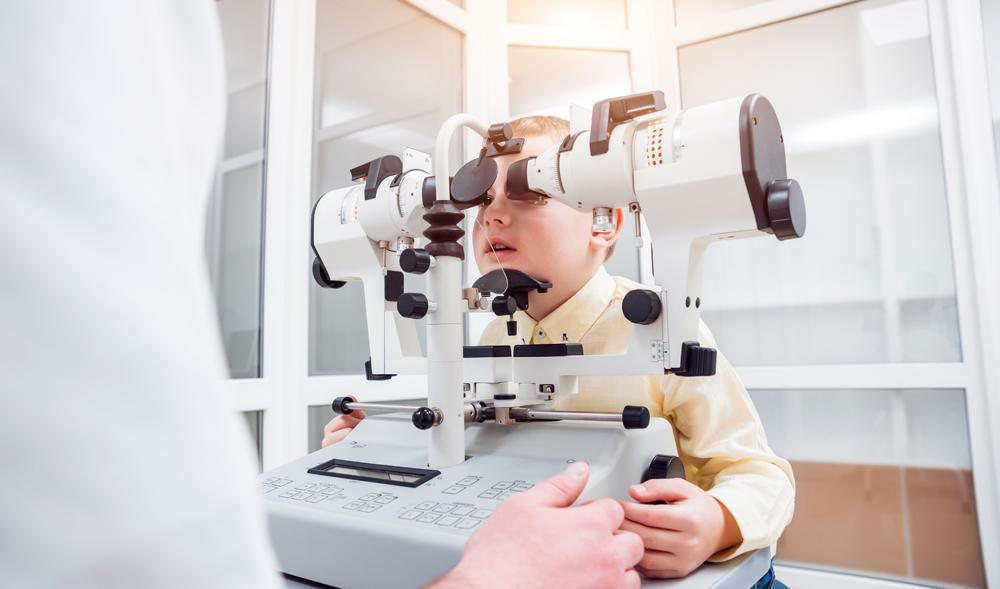The Duty of Advanced Diagnostic Tools in Identifying Eye Disorders
In the realm of ophthalmology, the application of innovative diagnostic devices has actually reinvented the early identification and administration of different eye disorders. From spotting subtle changes in the optic nerve to checking the progression of retinal illness, these innovations play a crucial duty in boosting the accuracy and efficiency of identifying ocular conditions. As the demand for accurate and prompt diagnoses proceeds to expand, the combination of advanced devices like optical comprehensibility tomography and visual area testing has ended up being essential in the realm of eye care. The detailed interaction in between modern technology and ocular practices not just drops light on complex pathologies yet likewise opens doors to tailored treatment strategies.
Relevance of Very Early Diagnosis
Early diagnosis plays a critical duty in the effective monitoring and therapy of eye disorders. By identifying eye disorders at an early stage, healthcare companies can offer appropriate treatment strategies tailored to the certain problem, inevitably leading to better results for individuals.

Modern Technology for Spotting Glaucoma
Sophisticated diagnostic modern technologies play a vital function in the early detection and tracking of glaucoma, a leading cause of permanent loss of sight worldwide. One more innovative device is visual area screening, which maps the sensitivity of a person's aesthetic area, assisting to identify any locations of vision loss quality of glaucoma. These innovative diagnostic tools allow ophthalmologists to detect glaucoma in its very early phases, allowing for prompt intervention and much better management of the illness to stop vision loss.
Function of Optical Coherence Tomography

OCT's capacity to quantify retinal nerve fiber layer density allows for exact and unbiased measurements, helping in the very early discovery of glaucoma also before visual area problems come to be noticeable. Overall, OCT plays a critical role in boosting the diagnostic accuracy and administration of glaucoma, inevitably contributing to better end results for people at threat of vision loss.
Enhancing Diagnosis With Visual Area Testing
A vital component in extensive sensory assessments, visual area screening plays a crucial role in boosting the diagnostic process for various eye conditions. By assessing the full level of a patient's aesthetic area, this examination provides important info about the practical honesty of the whole check these guys out visual path, from the retina to the aesthetic cortex.
Visual area testing find out here is particularly valuable in the diagnosis and management of conditions such as glaucoma, optic nerve conditions, and various neurological illness that can affect vision. Via measurable measurements of peripheral and main vision, medical professionals can discover subtle adjustments that may suggest the visibility or progression of these disorders, even prior to noticeable signs occur.
Additionally, visual field screening allows for the surveillance of therapy efficiency, aiding ophthalmologists tailor therapeutic treatments to specific clients. eyecare near me. By tracking modifications in aesthetic field efficiency in time, medical care companies can make informed choices concerning changing medicines, advising medical interventions, or executing various other proper measures to maintain or improve a client's visual feature
Taking Care Of Macular Deterioration

Final Thought
Finally, progressed analysis devices play an important role in recognizing eye conditions beforehand. Technologies such as Optical Comprehensibility Tomography and visual field testing have greatly enhanced the precision look these up and performance of identifying conditions like glaucoma and macular deterioration. Early discovery allows for timely intervention and monitoring of these problems, ultimately bring about far better end results for patients. It is crucial for medical care specialists to stay upgraded on these advancements to provide the best feasible treatment for their patients. eyecare near me.